
Recognizing Plant Physiology authors: Liza Esther Alexander
Plant Physiology, Plant Physiology: Author ProfilesLiza Esther Alexander, first author of Maize Glossy2 and Glossy2-like Genes Have Overlapping and Distinct Functions in Cuticular Lipid Deposition
Current Position: Bioscience Innovation Postdoctoral Fellow, Roy J. Carver Department of Biochemistry, Biophysics and Molecular Biology, Iowa State University
Education:…

Autophagy info-graphics in BioRender's Graphical Abstract Contest
Blog0 Comments
/
Exciting depiction of autophagy process
Molecular dissection of Autophagy pathway- Akshaya Nambiar
https://app.biorender.com/cont...
Membrane Contact Sites – Social networking by organelles- Rajendra Angara
https://app.biorender.com/cont...
ER Quality Control : Make it or Break it- Amey…
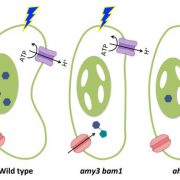
Sugar Is Sweeter: Plants Open Their “Mouths” for Glucose, Not Malate, In the Morning
Research, The Plant Cell, The Plant Cell: In BriefRegulation of stomatal opening and closing in plants in response to environmental cues continues to be well studied (García-León et al., 2019; Li et al., 2020), as it is important for balancing the intake of carbon dioxide for photosynthesis (PS) with the release of water during transpiration. But…
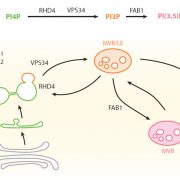
Review: Functions of anionic lipids in plants (Annu. Rev. Plant Biol.)
Plant Science Research WeeklyMoving materials within and out of cells requires that membranes carry identification labels, but when the membrane itself moves, that ID label must be updated. These requirements are met ingeniously by the anionic lipids, which are both a modifiable information system and simultaneously modify the physicochemical…
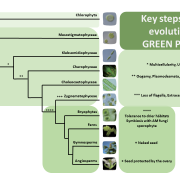
Review: Sequencing and analyzing the transcriptomes of a thousand plant species (Annu. Rev. Plant Biol.)
Plant Science Research WeeklyOver the past decade, Next Generation Sequencing (NGS) has been used for de novo assembly of crop genomes (i.e., tomato, potato) under the motto “If it tastes good, let’s sequence it”. By contrast, the One Thousand Plant (1KP) Initiative set out to obtain transcriptomic data of phylogenetically…

Multiple metabolic innovations and losses are associated with major transitions in land plant evolution (Curr. Biol.)
Plant Science Research WeeklyThe colonization of land by a single streptophyte algae lineage around 450 million years ago culminated in the evolution and radiation of all terrestrial flora, the embryophytes. Adapting and thriving in the land environment required many morphological and physiological innovations, as well as the acquisition…
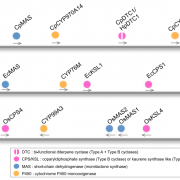
Genomic evidence for convergent evolution of gene clusters for momilactone (PNAS)
Plant Science Research WeeklyPlants produce a rich diversity of chemical compounds. In fungi, the genes encoding specialized biosynthetic pathways are frequently arranged in contiguous loci forming biosynthetic gene clusters (BGC). In plants, BGCs are not common, however, some cases have been found in angiosperms. Among the known…
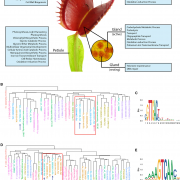
Repurposed genes and the evolution of plant carnivory (Curr. Biol.)
Plant Science Research WeeklyCarnivorous plants attract, trap, digest, and import nutrients from small animal prey, enabling these plants to thrive in nutrient-poor soil. Palfalvi et al. sequenced, annotated, and compared draft genomes from the family Droseraceae for the Venus flytrap (Dionaea muscipula), the waterwheel plant (Aldrovanda…
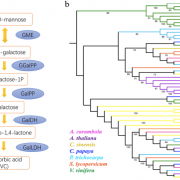
Dissecting the genome of star fruit (Averrhoa carambola L.) (Hort. Res.)
Plant Science Research WeeklyStarfruit is a sweet and sour fruit that has a shape of a five-point star. It belongs to the Oxalidaceae family and is a fruit of Averrhoa carambola, a species of tree native to tropical Southeast Asia. The fruit is consumed in many parts of the world and is known for its many economic, medicinal and…

